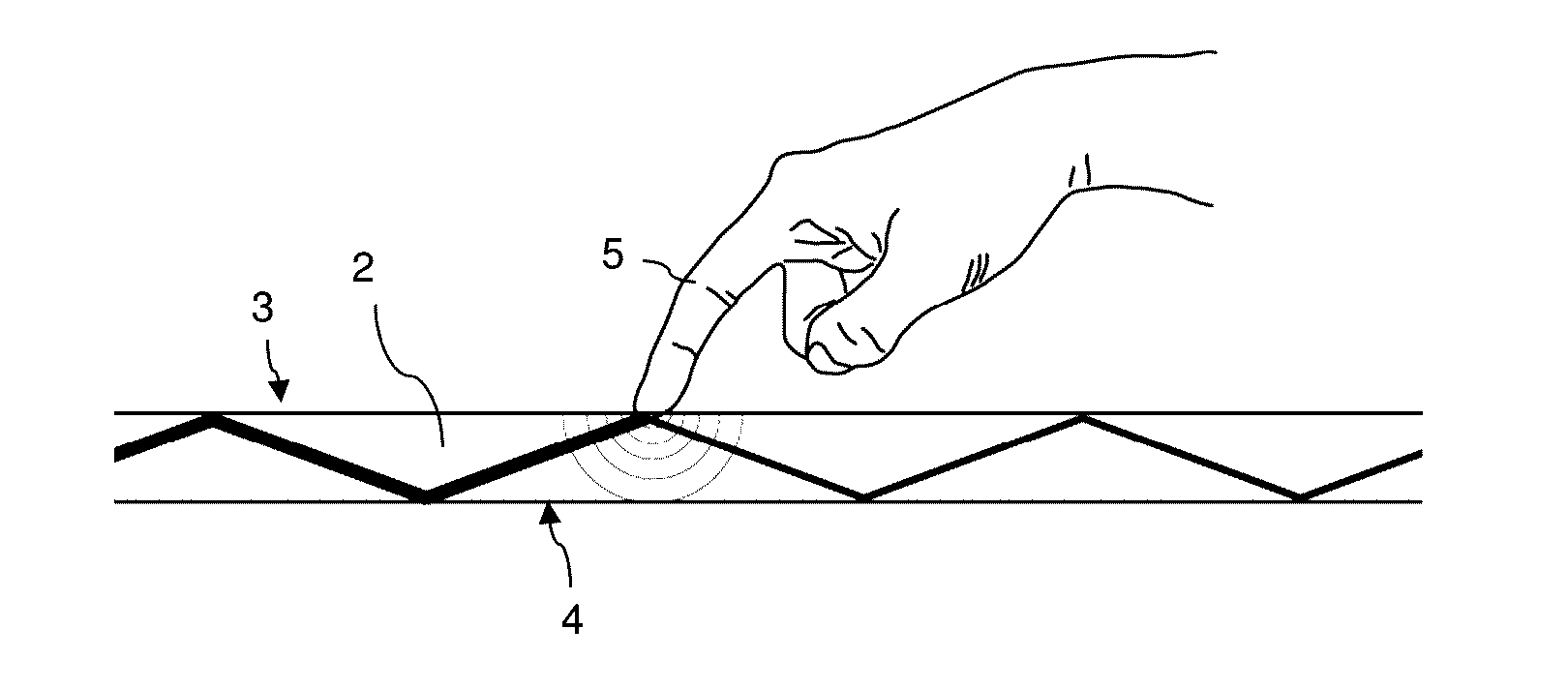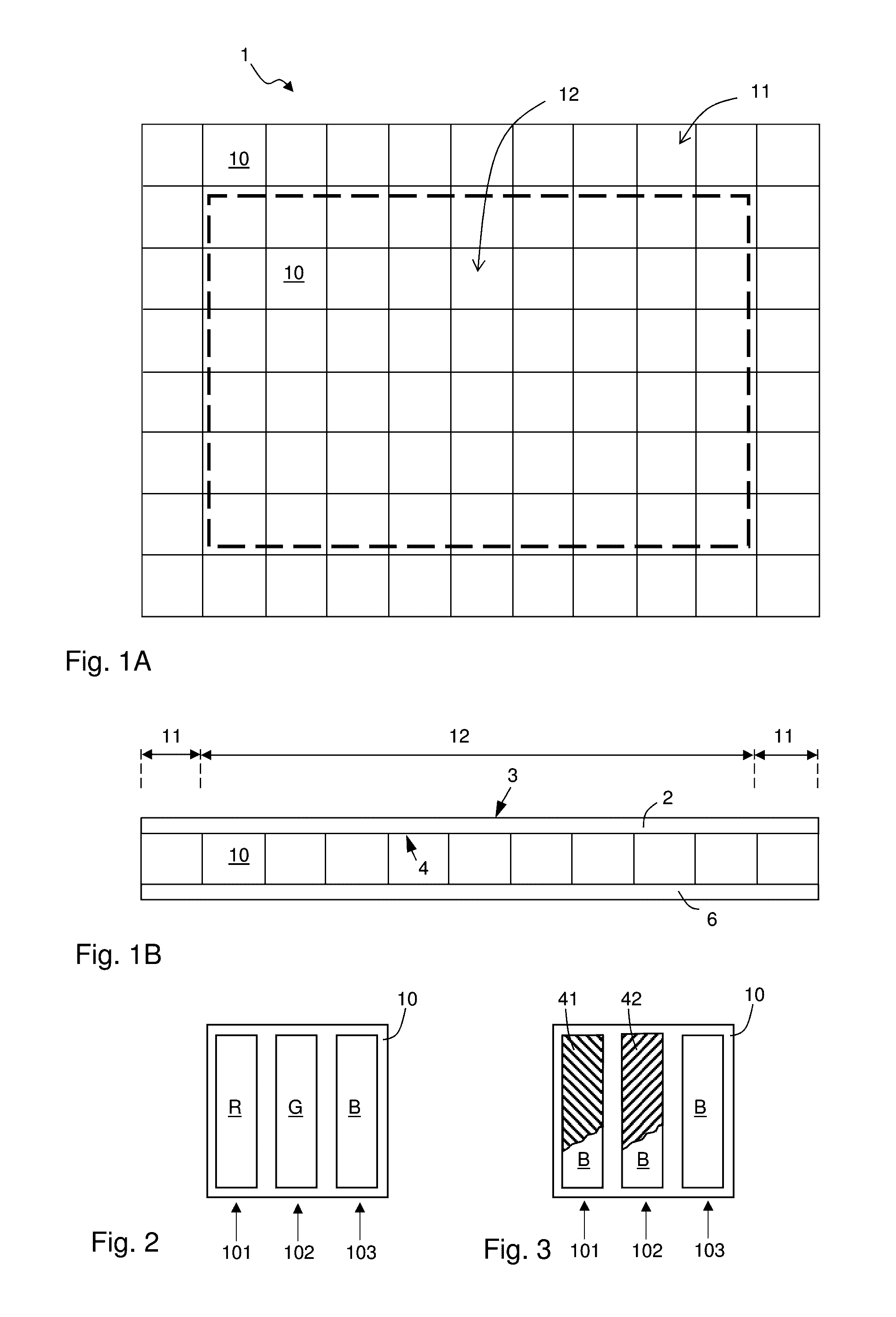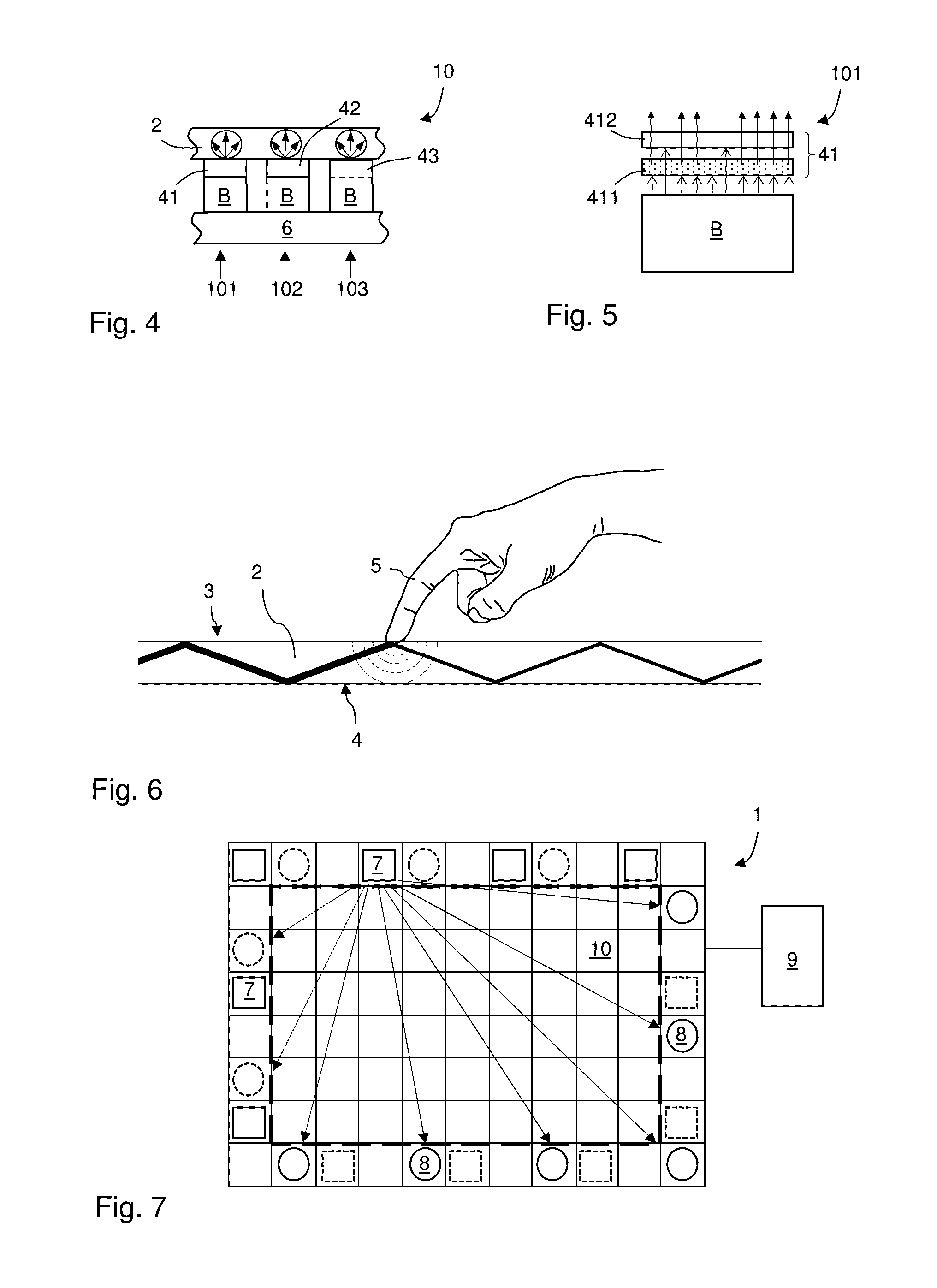OLED display panel
a technology of display panel and oled body, which is applied in the field of oled display panel, can solve the problems of oled technology drawbacks, blue light output will decrease relative to the other colors of light, and light degrade significantly faster
- Summary
- Abstract
- Description
- Claims
- Application Information
AI Technical Summary
Benefits of technology
Problems solved by technology
Method used
Image
Examples
Embodiment Construction
[0063]The present invention relates, in its broadest sense, to solutions for generating light of different wavelength ranges from an OLED display, by providing a pixel configuration incorporating a quantum dot structure. Various embodiment will be described on a functional level, sufficient for carrying out the claimed embodiments. However, the different ways of designing an OLED, including its detailed inner structure, is as such not crucial for the function or reproduction of the invention. Furthermore, the OLED technology is mature and well described in the art, and no detailed description of the OLED technology will hence be given herein. On a general level of description, though, an OLED comprises a rear electrode, e.g. an anode, and a front electrode, e.g. a cathode, and an intermediate organic structure formed by one or plural organic layers. The front electrode layer is transparent and may e.g. be made of indium tin oxide (no).
[0064]FIG. 1A schematically illustrates a top pl...
PUM
 Login to View More
Login to View More Abstract
Description
Claims
Application Information
 Login to View More
Login to View More - R&D
- Intellectual Property
- Life Sciences
- Materials
- Tech Scout
- Unparalleled Data Quality
- Higher Quality Content
- 60% Fewer Hallucinations
Browse by: Latest US Patents, China's latest patents, Technical Efficacy Thesaurus, Application Domain, Technology Topic, Popular Technical Reports.
© 2025 PatSnap. All rights reserved.Legal|Privacy policy|Modern Slavery Act Transparency Statement|Sitemap|About US| Contact US: help@patsnap.com



